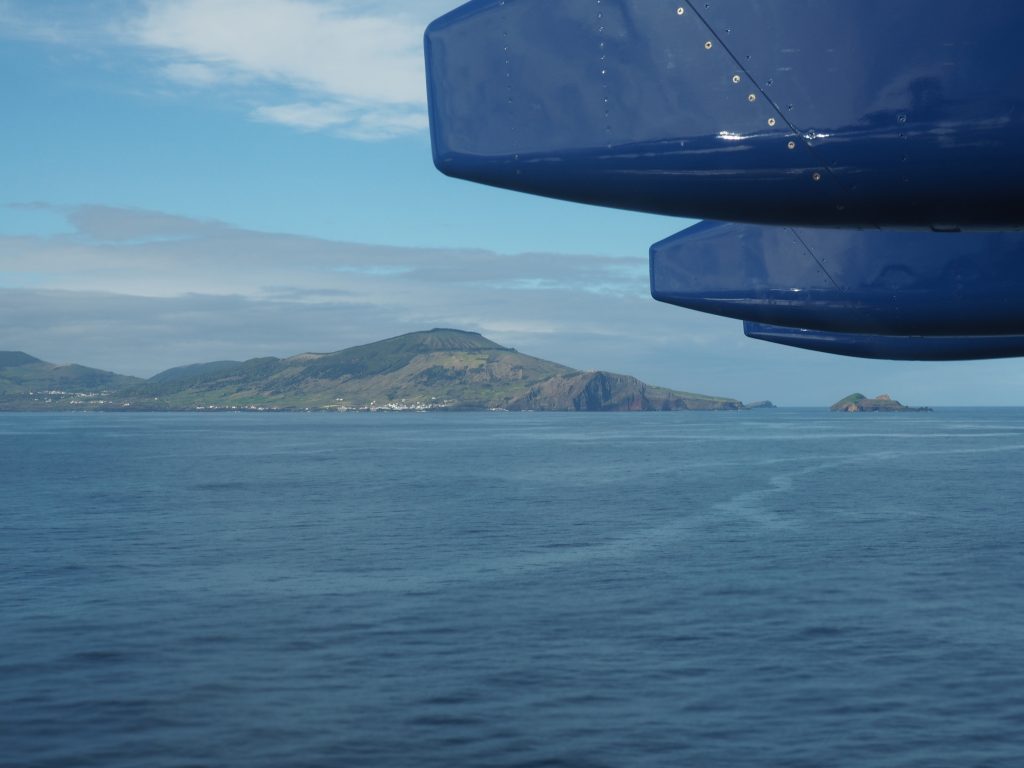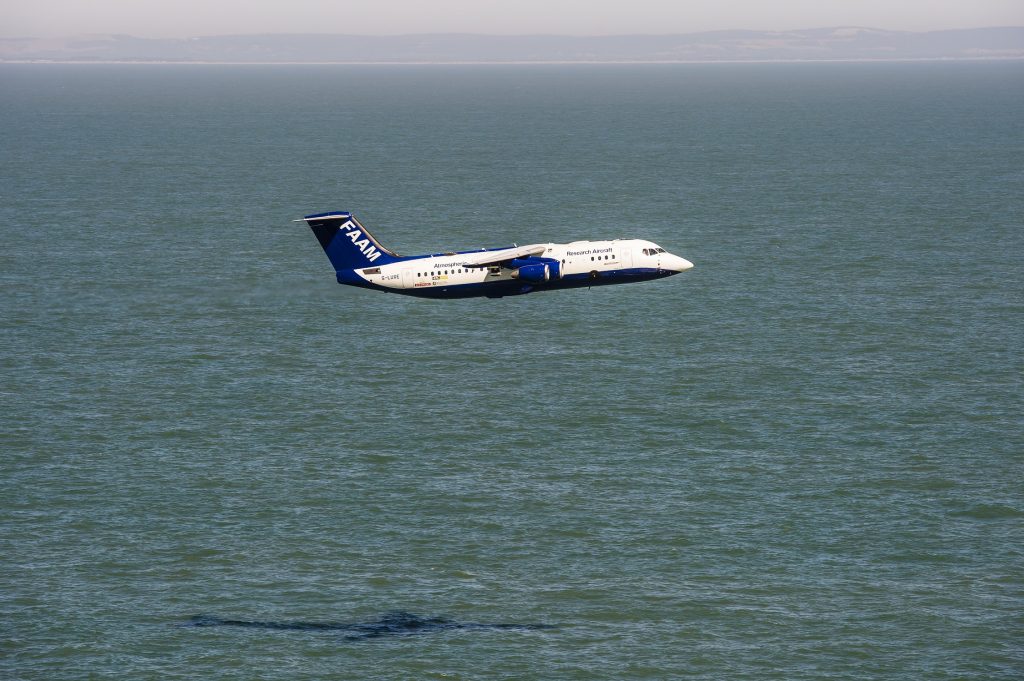
Scientists from the National Centre for Atmospheric Science and University of Manchester have made the first observations of gas-phase urea in the atmosphere, using the FAAM Airborne Laboratory’s research aircraft.
The new research, published in Proceedings of the National Academy of Sciences, reveals that airborne urea may come from the oceans, and can be transported quickly across long distances in the atmosphere.
Urea is a form of reduced organic nitrogen; nitrogen is a vital component in living organisms. The research could significantly affect our understanding of the nitrogen cycle, essential for plant growth and crop yields, and climate change.
Urea is especially important in the biological cycle of marine phytoplankton, which in turn are key components of the global carbon cycle. Marine phytoplankton account for around 50% of global oxygen production and contribute to oceanic uptake of carbon dioxide.
The research team’s findings change the way we view nitrogen transport in the marine environment, and the interactions between the ocean and atmosphere.

Atmospheric scientist Emily Matthews, a researcher at the University of Manchester, said:
“Our observations provide new insights into the complex interactions between the atmosphere, ocean and ecosystems. Understanding the behaviour and impact of urea in the atmosphere is vital for advancing our knowledge of how chemicals and substances are transferred through our environment and can help us to inform strategies to address climate change.”
Emily Matthews emphasises that the findings have significant implications for our understanding of the nitrogen cycle and calls for a revision of current models:
“The ocean plays an important role in maintaining a stable climate through biological activity occurring near the surface of the water and contributes to oceanic uptake of carbon dioxide. We now know that it is also a significant source of urea in the atmosphere throughout most of the year, which means we need to modify the processes and factors involved in the nitrogen cycle to account for the newfound importance of urea.”
The observations of gas-phase urea in the atmosphere were collected over the North Atlantic Ocean using the FAAM Airborne Laboratory, a UK airborne research facility managed by the National Centre for Atmospheric Science (NCAS) and owned by UK Research and Innovation and the Natural Environmental Research Council.
The research aircraft was fitted out with the University of Manchester’s High Resolution Time of Flight Chemical Ionisation Mass Spectrometer (ToF-CIMS), which can measure trace gases in the atmosphere at very low concentrations.
Urea measurements were taken during flights over the North Atlantic during research campaigns called ACSIS and ACRUISE.
